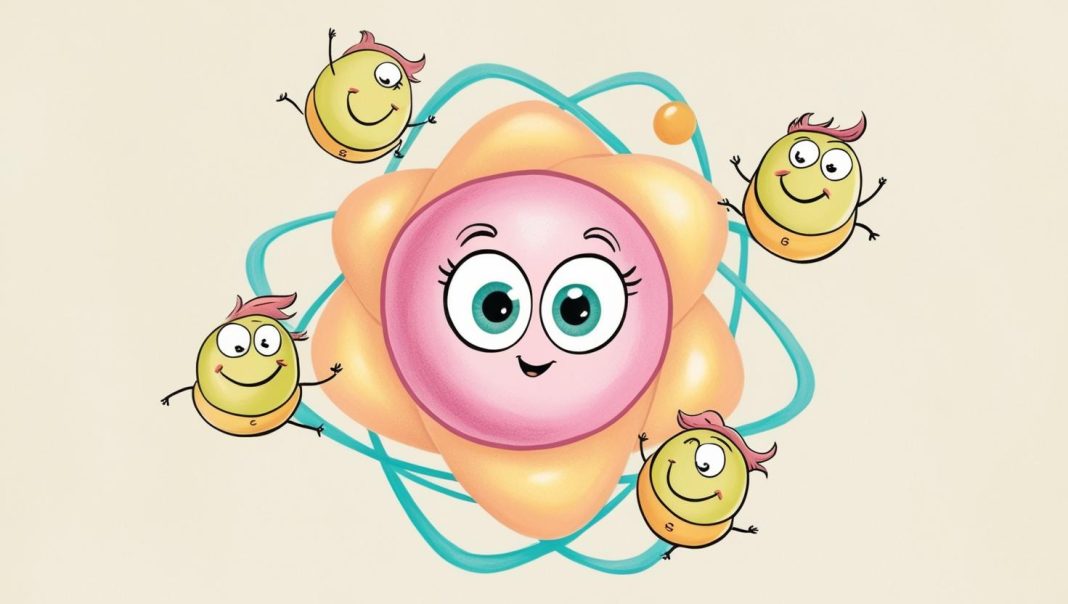Political parties can be explained using chemistry. Here’s how:
Political parties are the basic building blocks of the political scene, just as atoms are the basic building blocks of matter.
Every party strives for stability and for filling its membership ranks, just as every atom seeks to fill its outermost electron shell to achieve stability.
Parties and atoms are structured on similar principles: parties are made up of members and inner leadership (since party programs have long become mere formalities), while atoms consist of three types of elementary particles.
The inner leadership of a party clings tightly to “party interests,” just as nuclear forces tightly bind the particles in an atomic nucleus.
Each atom differs from another only by the number of its particles.
It is hard to imagine that oxygen and gold are composed of the same basic elements, differing only in the number of particles.
Likewise, it is difficult for many to accept that all political parties are essentially the same, and that their behavior depends solely on the number and structure of their members.
Just as an atom rarely achieves perfect stability, political parties rarely fulfill what they promise.
Elementary particles — electrons — can be compared to party members. Electrons easily move from one atom to another based on affinities; similarly, party members shift from one party to another, driven by personal interests.
Valence electrons — those in the outer shell that determine chemical stability — can be compared to key party members: those who decide on coalitions, defections, betrayals, or maintaining political stability. Just as an atom’s stability depends on the behavior of a few valence electrons, so too the fate of an entire party depends on the behavior of a handful of key figures.
And when an atom becomes too heavy, when its nucleus holds too many particles, it begins to decay — a process known as radioactive decay. Similarly, when parties grow too large, too greedy, and too internally contradictory, they begin to decay from within — slowly, inevitably, and irreversibly.
Thus we see: inanimate matter has no soul.
And living matter — is becoming soulless.
So go ahead, vote








